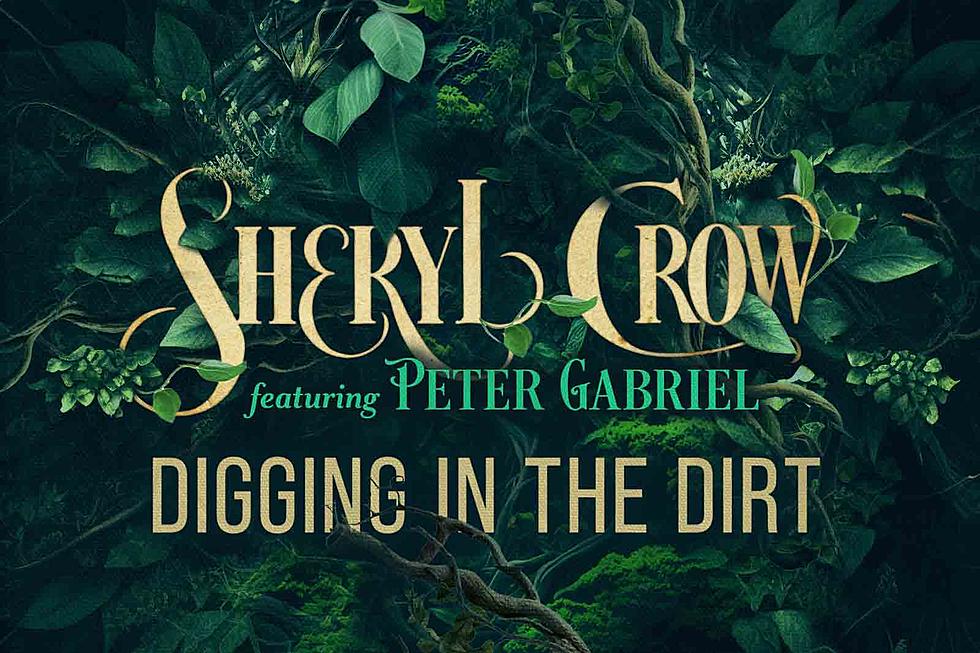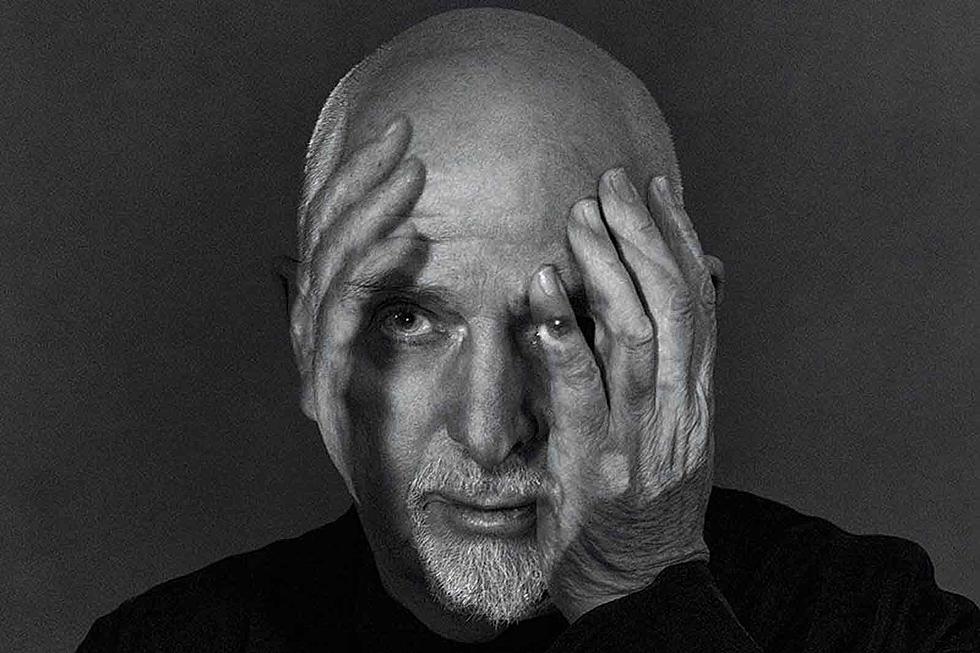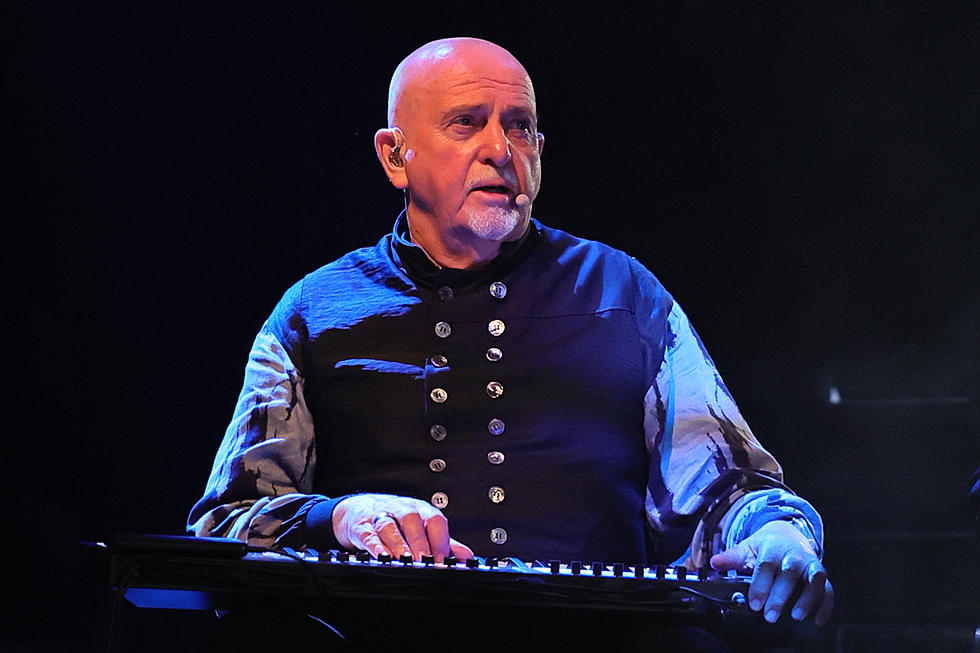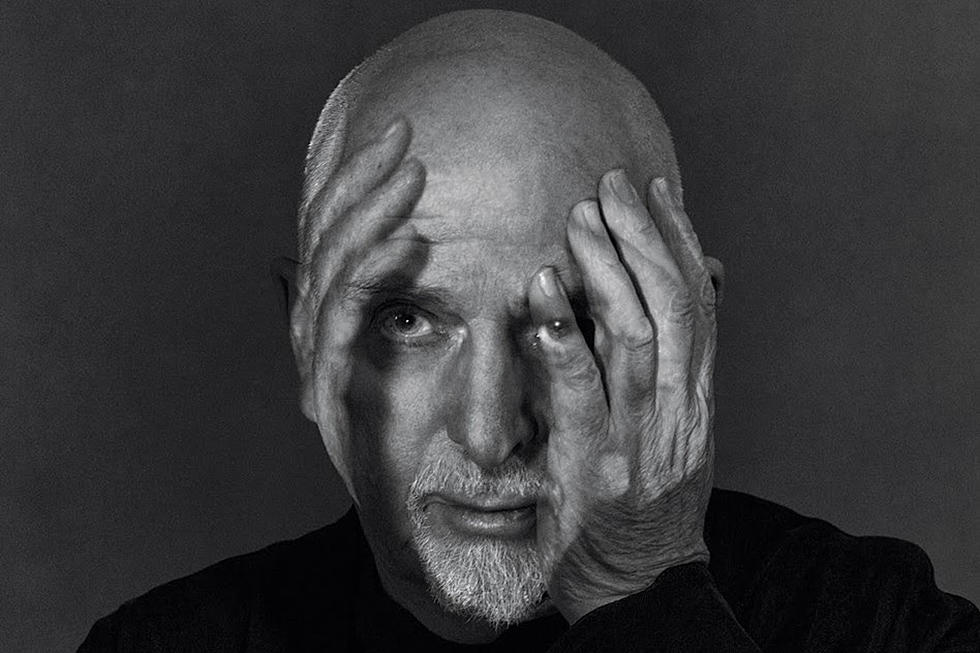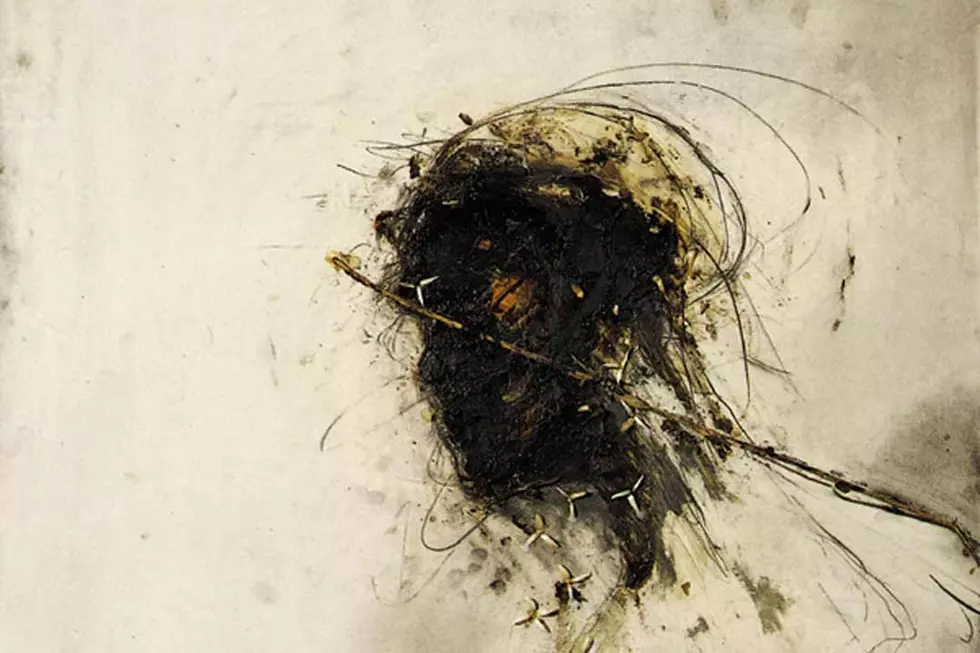
How Peter Gabriel Told His Own Story With the ‘Passion’ Soundtrack
Nikos Kazantazkis’ The Last Temptation of Christ has been a lightning rod of controversy since its publication in 1955, leading to his excommunication from the Greek Orthodox Church. Martin Scorsese's film of the same name igniting similar outrage, including sometimes-violent protests from Christian groups around the globe who disagreed with its human depiction of Jesus.
Distance put things in perspective with Peter Gabriel's Passion: Music for ‘The Last Temptation of Christ’, which didn't surface until June 5, 1989 – a year after the film's debut sparked such conflict and controversy.
Scorsese had actually approached Gabriel about providing music for the film as early as 1983. “Martin wanted to present the struggle between the humanity and divinity of Christ in a powerful and original way,” Gabriel wrote in the liner notes for Passion.
The music succeeds to that end, with a mix of driving rhythms, ethereal Middle Eastern textures and even European-style choral flourishes. But the conflation of musical styles is more than pastiche appropriated from the source music Gabriel listened to at the National Sound Archive in London before writing the music for Passion.
The goal with “The Last Temptation of Christ was to create something that had references to that time and that part of the world," Gabriel wrote on his website, "but that had its own character and was to be timeless in a way.”
The dominant style on the album is a mixture of Middle Eastern and North African instruments and voices – with Youssou N’Dour and Nusrat Fateh Ali Kahn featured prominently on the title track. Woven into the more indigenous instruments are atmospheric soundscapes created by Gabriel on the Prophet 5 and Fairlight synthesizers and an Audioframe sampler.
Listen to Peter Gabriel's 'The Feeling Begins'
The combination of old and new does give the music a timeless quality, and that quality was something Gabriel was intentionally trying to achieve with Scorsese’s direction.
“Marty wanted music that was very different and that would give people a sense of what it might have been like to live during that time of Christ,” Gabriel said to The New York Times. “He felt it wasn’t necessary for the score to be historically or geographically accurate, beyond having a Middle Eastern flavor. It was quite all right with him if I used Brazilian, Turkish, Pakistani, and Iranian music.”
The delay of the soundtrack’s release was not related to the controversy generated by the film, but a combination of Gabriel’s own schedule with the Human Rights Now! tour for Amnesty International and the truncated production time allotted by Universal for the soundtrack. (The film company cut the recording time for Gabriel from 10 to three weeks.) This left very little time to complete all the pieces he wanted.
“After we finished mixing the film,” Gabriel wrote on his website, “there were some unfinished ideas that needed developing and I took some extra time to complete the record.” The “extra time” turned out to be four months. As Gabriel said to The New York Times, “I continued building some of the pieces and developing the textures. I wanted Passion to stand as a piece of work in its own right.”
Passion does just that by omitting standard music cues used in film soundtrack work. It’s a fully realized album, and each song is a complete composition representing Gabriel’s love of world music.
This project also became the centerpiece to the launch of Gabriel’s Real World record label, whose mission was to introduce world music artists to the public, and won a Grammy in 1990 for Best New Age Album. In the years since, Passion has maintained its timelessness, serving as both an artifact of film history and the culmination of Gabriel’s attempt to exemplify music’s ability to express the divine.
Top 100 Rock Albums of the '80s
More From Ultimate Classic Rock
